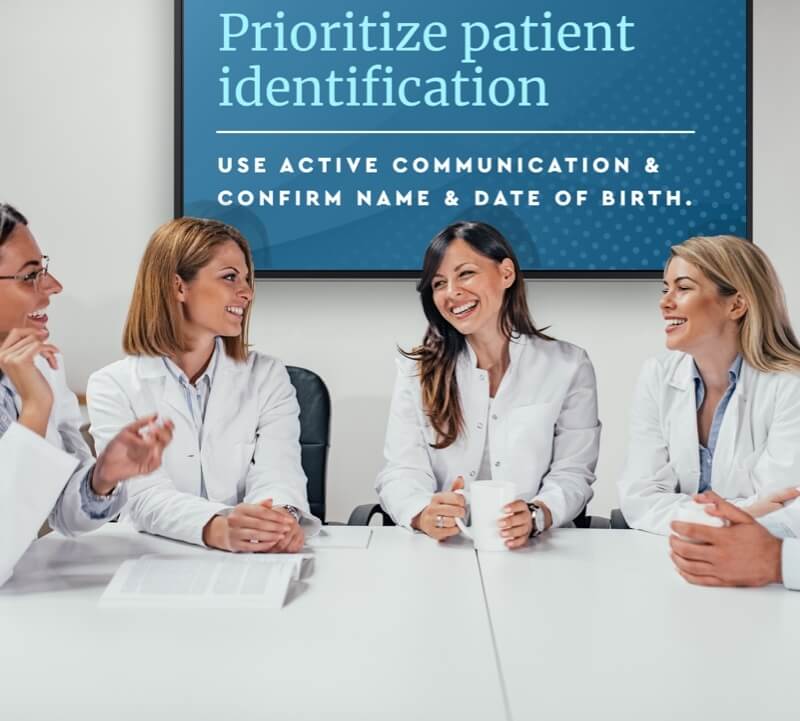
If there is one thing that plagues health care workers, it is fatigue. It results in medical errors, illnesses and sacrificed social lives. It also drastically affects employee engagement.
However, fatigue isn’t the only thing that affects the engagement of health care workers. Low wages, poor internal communication and work place culture are also contributing factors.
Engaged employees are those who are enthusiastic about work, are focused on delivering results and furthering the goals of an organization. In a healthcare facility, poor engagement not only affects patient wellbeing but also your bottom line. Only engaged employees can provide great care which would in turn lead to patient confidence and loyalty. In addition, an engaged workforce results in lower employee turnover. This means the facility saves money that would have gone to continuous re-hiring. To improve employee engagement and reap these benefits and more, consider making the following changes in your healthcare facility.

Create a robust schedule
The backbone of efficient healthcare administration is a good scheduling system. It helps to match your human resources to the needs of the facility. If it is poorly set up, it can lead to over working, burn out and for some staff, an eventual loss in engagement. A literature review on fatigue among nurses found that organizational factors like shift lengths were sometimes to blame.
A good schedule should be made well in advance; this will help staff to plan around their commitments outside of work. It should be flexible enough to allow for swaps and changes and should be able to show trends such as peak periods which necessitate the presence of more staff. Some organizations employ tools that help create schedules that take into consideration all of the above and more.
A good schedule allows administrators to achieve an even distribution of work and helps staff get closer to attaining that coveted, work-life, balance.
Improve communication
A great schedule will not be effective if there isn’t good communication to back it up. Share the schedule by email so that employees can look it up on their phones but also put it in a place that your staff can easily see it such as on a screen.
A digital screen that is strategically situated in a break area can have several advantages, one of which is that it allows employees to see a particular message repeatedly. Remember, your staff are probably busy and can very easily forget crucial information, including their schedules. A little repetition will help messages stick.

But communication extends past just schedules. There should be clear communication flow in the healthcare facility. That goes from managers and leaders to the employees and vice versa. Leaders should reiterate the goals of the facility and share updates and key milestones. Absent leaders give the impression that the ship is running itself and with no one in charge, it is easy for employees to become disengaged.
A great communication culture should also allow for managers to check in with employees and for employees to be able to reach managers in fast and simple ways. Employees getting the information they need to do their work and having ready access to their managers will work to improve engagement.
Train your managers and leaders
Managers are the first point of contact for your staff so a boost in their management and communication skills will help to make them more valuable to the employees. Beyond helping employees manage their day to day, leaders play a big role in facilitating employee growth and development.
In a busy environment where the business is essentially to save lives, it can be easy for staff to forget to prioritize their own growth. Meetings with their managers, performance reviews and trainings can very easily be neglected. In the long run, employees will feel stuck in their careers and this will negatively affect their engagement. A manager should help staff in keeping this area as a priority. Changes like including trainings into schedules will help employees feel like management cares about them beyond just them doing their work.
Another area managers and leaders can get training on is their style of management. Transformational leadership for instance sees leaders inspiring teams to achieve goals. According to research by Ghafoor et al, there is a link between the transformational leadership model and improved employee engagement.

Rethink your break rooms
Hospital staff spend extended periods of time at work and some have to take naps and even sleep on site. Unfortunately, it is common to find break rooms set up as an afterthought. It is crucial that these spaces are comfortable and clean. Provide basic amenities like comfortable beds, sofas and great ventilation. It should be a space where employees can relax and switch off work for a few moments.
Where possible, provide outdoor break areas with trees and greenery as well. These can be areas where people can eat or simply have a breath of fresh air. Being in nature is shown to improve wellbeing and research shows that employees who had contact with nature reported reduced stress. Making the entire workplace friendlier can see improvements in employee engagement. This can extend to providing child care or day care facilities for staff at the hospital. The security that parent health care workers will have knowing their children are well taken care of in a proximal location will help them focus more on their work and help with engagement.
Sensitize your employees
Sometimes it’s hard for staff to get out of the loop of working longer shifts and forgetting about their personal growth and health-especially because longer shift can lead to higher pay. They might just ignore the fact that this behavior will have a negative impact on their lives and engagement at work. To help them, management should educate them about the risks. Caring for staff can be a big factor in improving engagement.
High employee engagement will improve patient care, staff well-being and also have positive impact on the health care facility. Improving that should be a priority.
Guest Author: Chloe Sesta Jacobs
Chloe’s why is people; she gets her kicks from intensifying the purpose and exploring the potential of those around her. She works as Head of People & Culture at Deputy, a robust scheduling software that can be used to manage your workforce in a wide variety of different industries. Chloe sees her work as an extension of her lifestyle and is constantly working on revolutionizing the people and culture space.